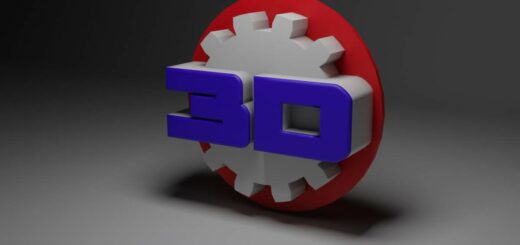The History of 3D Printers: An In-Depth Overview
The world of technology has come a long way since the invention of the printing press. With advancements in the field of computer technology and printing, 3D printing has now become a reality. In this article, we will take a deep dive into the history of 3D printers, exploring its evolution, the various types of 3D printers available in the market today, and their applications.

The Evolution of 3D Printing
The concept of 3D printing dates back to the 1970s when Chuck Hull, an American engineer, patented the first 3D printing process known as Stereolithography. However, it was not until the 1980s that the first 3D printer was actually built. This early 3D printer was large, expensive, and limited in its capabilities.
Over the next few decades, the technology evolved rapidly, becoming smaller, more affordable, and more versatile. In the 1990s, SLS (Selective Laser Sintering) and FDM (Fused Deposition Modeling) technologies were introduced, which paved the way for the widespread use of 3D printing in a variety of industries.
In recent years, the advancements in 3D printing technology have been nothing short of extraordinary. Today, 3D printers are capable of printing complex objects in a matter of hours, using a variety of materials, including plastics, metals, and even human tissue.
Types of 3D Printers
The market for 3D printers is vast and varied, with a range of different types available to meet the needs of different industries and applications. Some of the most popular types of 3D printers include:
- Fused Deposition Modeling (FDM)
- Selective Laser Sintering (SLS)
- Stereolithography (SLA)
- Multi Jet Printing (MJP)
- Digital Light Processing (DLP)
Each type of 3D printer has its own unique set of features and capabilities, making it suited to specific applications and industries. For example, FDM printers are ideal for printing large objects due to their low cost and high speed, while SLS printers are often used in the aerospace industry for printing high-strength components.
Applications of 3D Printing
The applications of 3D printing are virtually endless, ranging from prototyping and product development to the manufacture of medical implants and even the construction of buildings. Some of the most common applications of 3D printing include:
- Prototyping and Product Development: 3D printing is commonly used to create prototypes of products and components, allowing engineers and designers to test and refine their designs before moving to mass production.
- Manufacturing: 3D printing is being used more and more in the manufacturing industry, allowing companies to produce custom parts and components on demand, without the need for large-scale production runs.
- Medical Implants: 3D printing is revolutionizing the medical field by allowing the creation of customized medical implants, such as prosthetics and hearing aids, that perfectly fit the individual patient.
- Construction: 3D printing is being used in the construction industry to create building components, such as walls and roofs, with the potential to revolutionize the way buildings are constructed in the future.
In conclusion, 3D printing is a rapidly evolving technology with an exciting future ahead. From its early beginnings in the 1970s to the highly advanced printers available today, the history of 3D printing is a testament to the ingenuity and innovation of mankind. With its wide range of applications and continued advancements, there is no doubt that 3D printing will continue to play a major role in shaping the world we live in for years to come.
As the technology continues to advance, we can expect to see even more innovative and groundbreaking applications of 3D printing in the future. From custom-fit medical implants to entire buildings constructed through 3D printing, the possibilities are truly endless.
However, it is important to note that while the technology has come a long way, there are still challenges that need to be addressed. One of the biggest challenges is the cost of 3D printing, which remains a barrier for many individuals and businesses. Additionally, the lack of standardization in the industry has led to difficulties in compatibility between different types of 3D printers and software.
Despite these challenges, the future of 3D printing looks bright. As more and more companies invest in the technology and research continues to advance, we can expect to see 3D printing become even more accessible and affordable in the future.
In summary, the history of 3D printing is a story of innovation and evolution. From its early beginnings to the advanced printers available today, 3D printing has come a long way and will continue to play a major role in shaping our world in the years to come.















